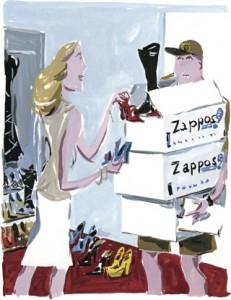
If the United Nations was fully funded, would we need social enterprise, or initiatives like the Arc? In my opinion, yes, we would. Having a fully funded United Nations entity would be a remarkable and world changing movement to greater rights for all, less inequality, and an overall more peaceful world; nonetheless, I believe the social enterprises, and “the Arcs” of the world would be just as necessary to foster all of The UN’s work and delve more in depth into certain issues.
I see the UN as a large body that touches various and most social issues that affect the world, but the UN’s efforts in my opinion are made complete by social entrepreneurs who make it their mission to focus on a specific issue, such as gender inequality, and enact their vision as a solution for that issue.
I believe it is the social entrepreneurs – the ambitious, mission-driven, strategic people – who are inspired to take action with their aspirations and change the world for the better that embody the very values that the United Nations works to promote worldwide. I would say it is the Arc Initiatives of the world that take The UN’s actions a step further by actually providing that on-going “two way flow” of engagement and true grass roots interaction with communities to work towards building a community they see for themselves.
Overall, I would say money can buy all the resources and books needed to help build prosperous communities, but social enterprise and Arc are the outcomes of inspired minds coming together to work for change. And they are priceless.
Sources:




